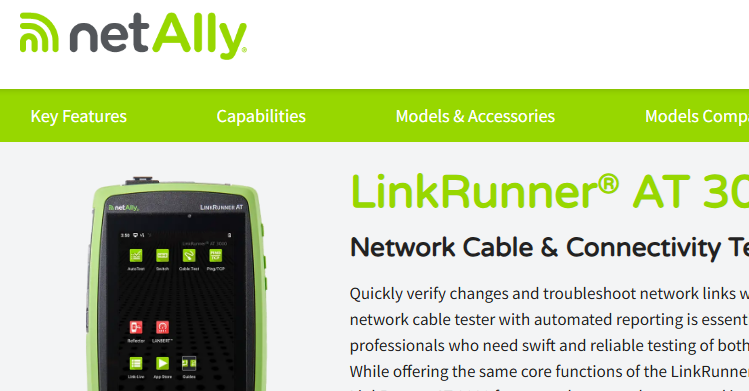Everything You Need to Know about Network Blind Spots
- The Oldcommguy
- Feb 13, 2023
- 3 min read
Increasing end-to-end network visibility is crucial as networks get more complicated. The precision and real-time status data that technology teams desire cannot be provided by legacy approaches. Giving place to a new emerging number of network challenges, one of them being blind spots.
Blind spots are hidden areas of the network that negatively impact the network’s performance to a tremendous extent. Blind spots can be anywhere on your network, usually on the edges.
Some of the common causes of blindspots are:
Network Silos - When several teams (IT, security, compliance, etc.) refuse to share data with one another, they create silos and lock up critical information in their own "silo." If your teams aren't working well together, they can be forming silos that are keeping your network from performing at its best. Silos may prevent IT teams from identifying the root cause of a network issue. To prevent silos from growing, make sure your IT team collaborates with other teams.
New installations and shadow IT- Don't disregard any brand-new hardware that joins your network. Make sure you can see anything you install on your network on NPM before anything else. As you start to integrate it, keep records of it and check to see whether performance is negatively impacted.
Constantly linking new devices - There's a good chance that the NPM won't detect a person who connects to your network using a device that hasn't been detected before. Make sure that NPM frequently scans for devices to keep track of everything that's connected.
Network complexity - A vast network may be set up in a maze-like configuration. To cover everything, you can either use numerous networks or divide your network into several regions. Even with an NPM, keeping track of this is frequently challenging. Keep your network layout as simple as you can, wherever possible. Blind spots will inevitably appear if your network is too difficult to manage.
Here’s when the importance of Network Visibility is highlighted. Visibility into your network is critical for spotting these blind spots which further provide room for security threats, such as malware, DDoS attacks, and intrusions. Organisations should at least establish a baseline of normal network activity and investigate any major deviations from this baseline.
It’s necessary to get rid of these Blind Spots since they can be challenging in many ways such as:
Reduced performance: A blind spot in a network can cause a significant reduction in performance, as the model is not able to accurately predict the output for certain inputs.
Lack of trust: A blind spot in a network can cause users to lose trust in the model, as they may not be able to rely on its predictions.
Safety concern: A blind spot in a network can be a safety concern in critical applications such as self-driving cars, where a model not performing well on certain inputs can lead to accidents or dangerous situations.
Overall, a blind spot in a network can be a significant challenge, as it can significantly reduce the performance and reliability of the model, and can be difficult and costly to fix.
Network Critical’s Network TAPs and Packet Brokers provide network visibility solutions that can help organisations improve their network visibility by minimising such blind spots. Network TAPs are passive monitoring devices that allow organisations to access a copy of all network traffic passing through a specific point in the network.
They can also be deployed at key points in the network, such as at the edge, in the core, or at the data centre. Network TAPs are transparent to the network, and do not affect network performance or availability. Their main role is to copy all the traffic that is flowing through the network so that the monitoring tools get the full picture.
Network Critical’s Network Packet Brokers filter, aggregate, and forward this network traffic to various monitoring and security tools. They provide a wide range of visibility and analysis features, such as filtering unwanted traffic, load balancing traffic to multiple monitoring tools, and de-duplicating traffic to reduce the load on monitoring tools.
By using Packet Brokers, organisations can improve the performance and scalability of their monitoring and security tools, and gain more granular visibility into their network traffic.
When Network Critical’s Network TAPs and Packet Brokers are used in combination, they can provide a comprehensive view of the network traffic and boost network visibility efficiently, eliminating blind spots and enhancing network performance and security.







